At the bottom of the heat chain is tiled flooring, be it ceramic, porcelain, marble, or any other type you can think of. Natural stone is an excellent heat conductor and no, in this case, that’s not a good thing. It means that heat easily passes through tiles and they get cold very easily. This inability to retain heat makes tiles the coldest flooring material out there unless you live on an ice rink. However, there are special underfloor radiators that can warm the tiled floor. This will cost you extra to install and the price depends on what kind of heating you're looking for. Hydronic radiators will cost you $10 to $16 per square foot, whereas electrical ones go for $16 to $25 per square foot.
Durability and Maintenance
While tiles may be naturally cold and not very heat retentive, they come with the benefit of being easy to clean, very durable, and require little to no maintenance. Since tiles are not absorbent, the only time they can get damaged is if you leave a corrosive substance on the surface for too long. Most stains can be easily wiped up off the glossy and smooth surface. Grout cleaning is also a crucial aspect of tile maintenance, though, with the right grout sealer you can expect to be cleaning it far less often. Tiled flooring is also very durable. With the exception of a few minuscule scrapes and scratches, it is very rare to drop anything that is heavy enough to cause extensive damage to tiled flooring.
Price
Since there is a wide range of flooring tiles to choose from, there is no one set price for all of them. Currently, the three most popular tiles are marble, ceramic, and porcelain. Marble typically costs anywhere from $5 to $10 per square foot and ceramic tiles come pretty close to with a $4 to $8 per square foot price tag. Porcelain is the more expensive option, with $15 to $20 per square foot.
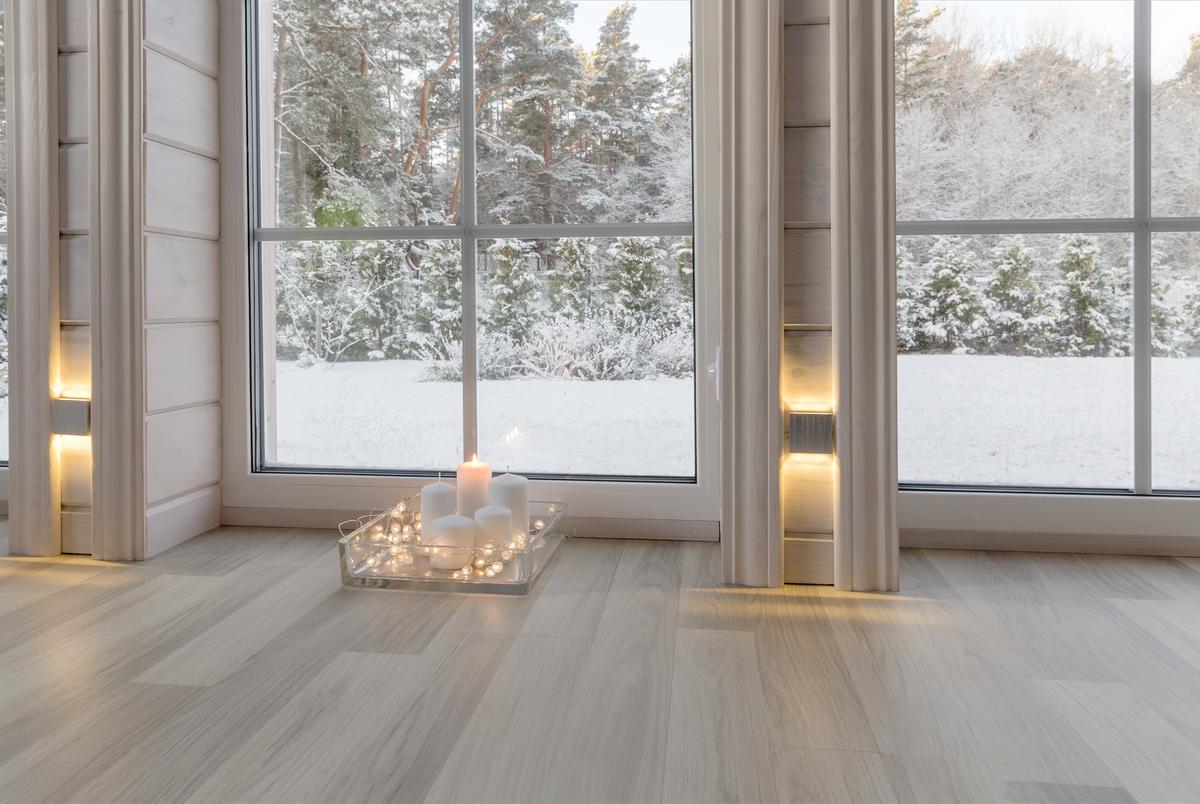
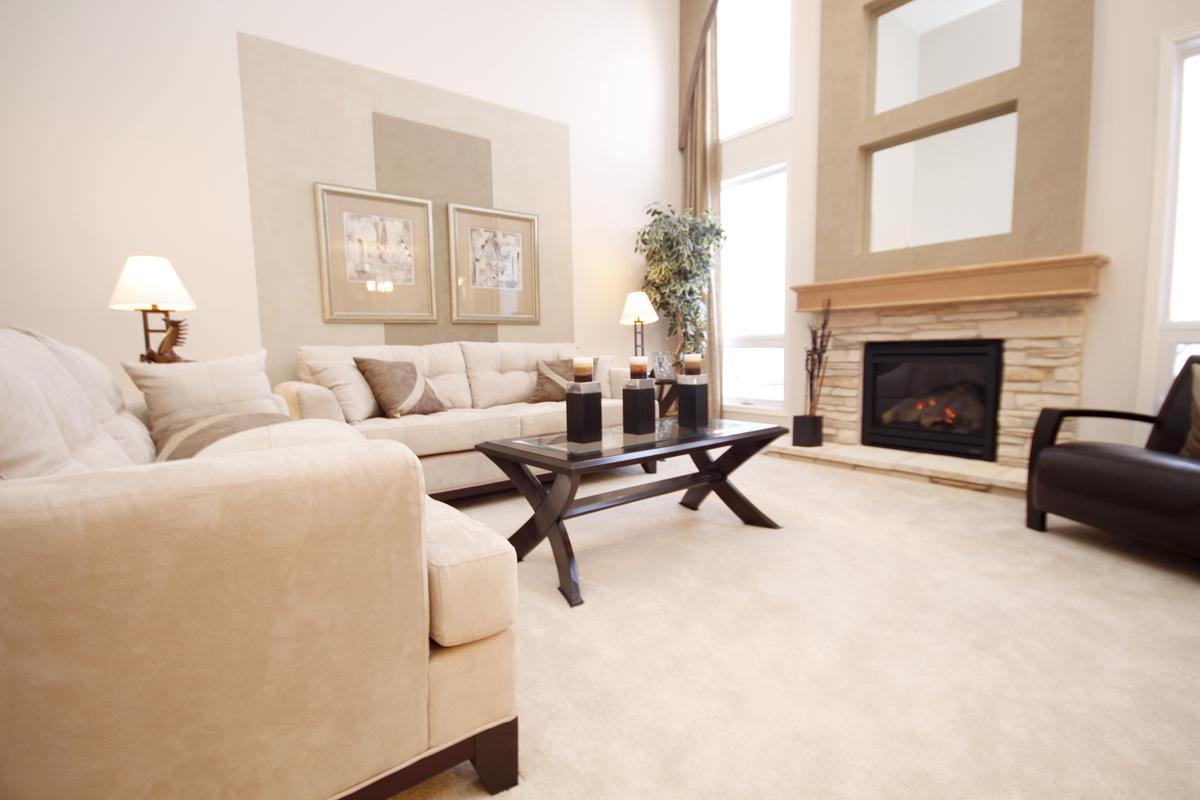
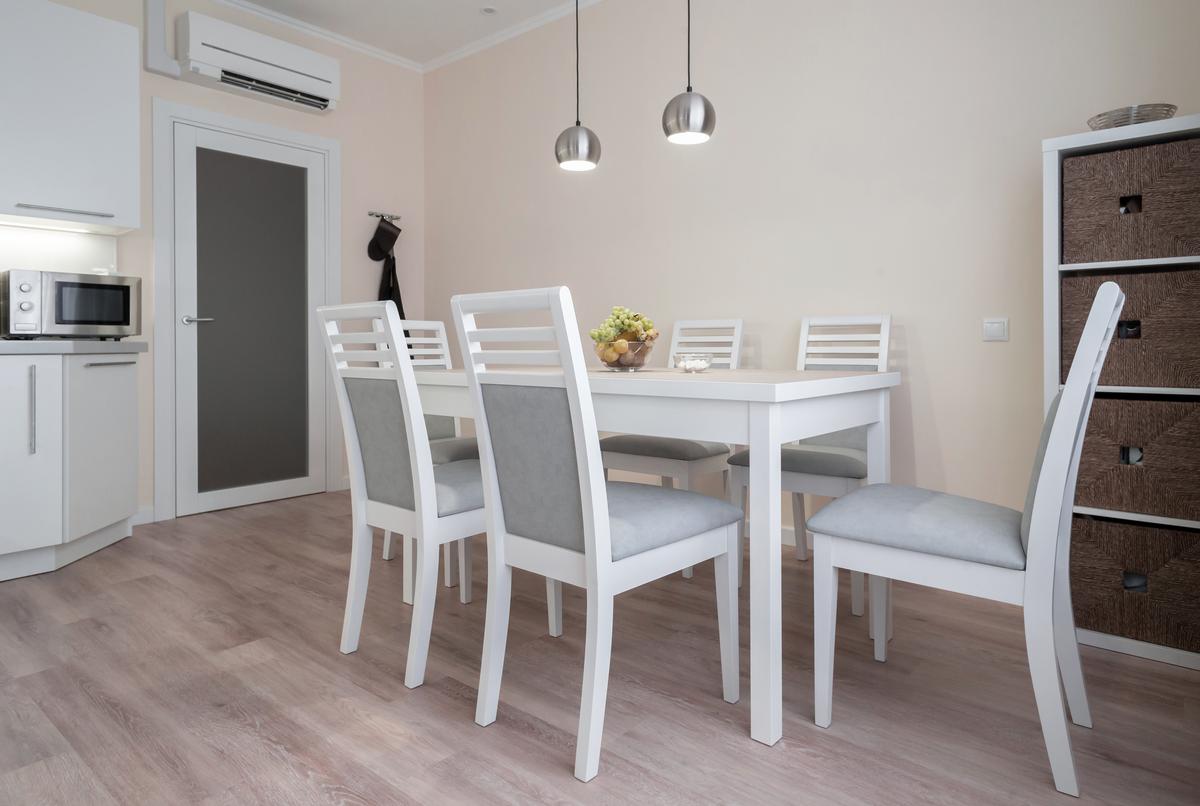
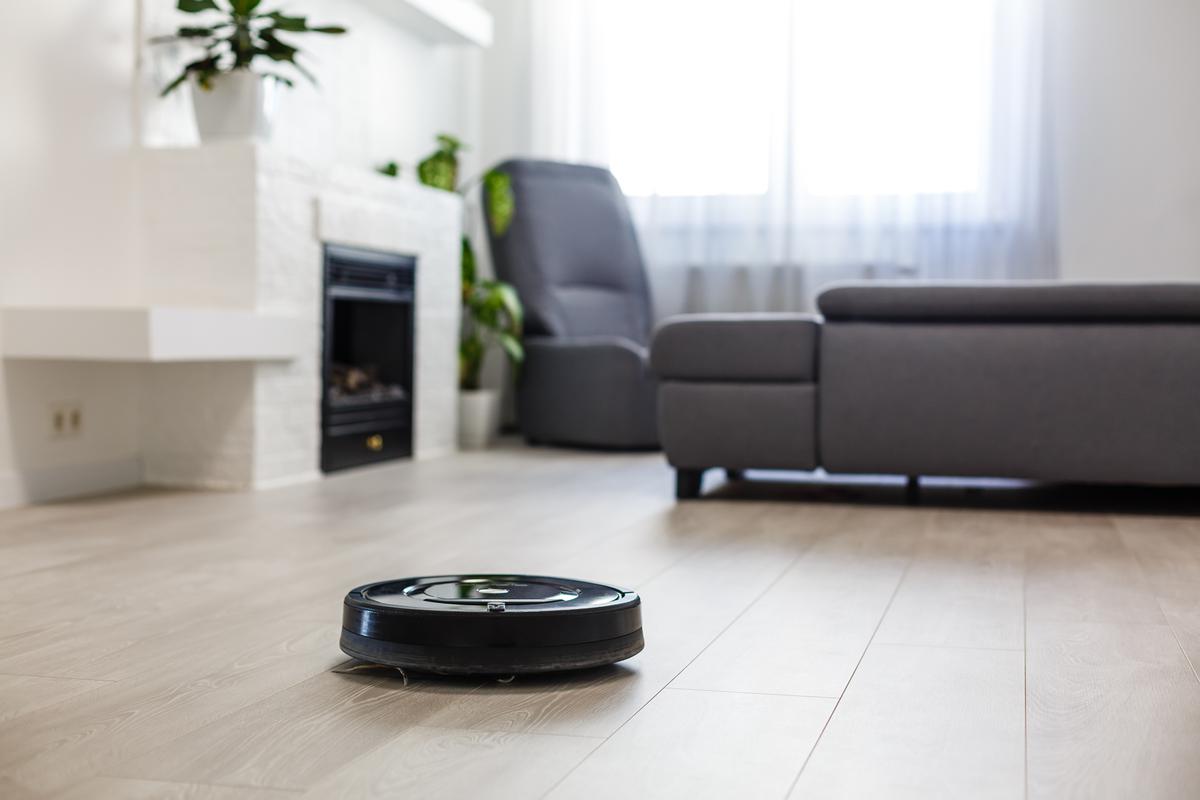
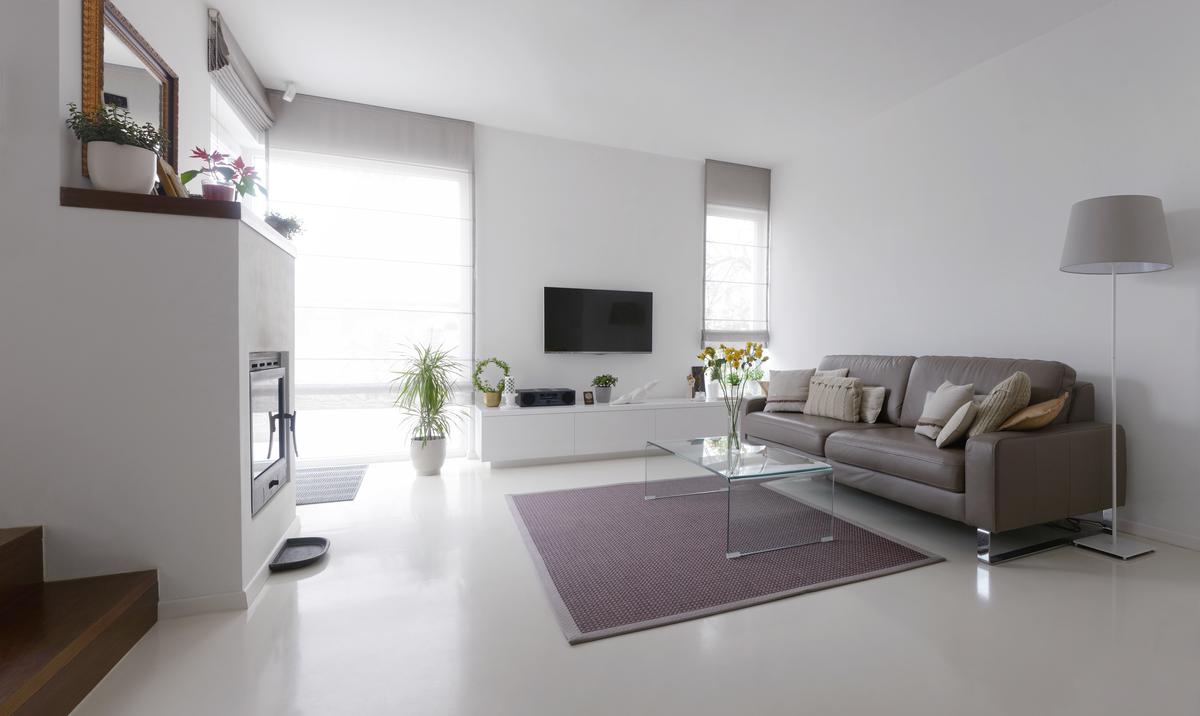
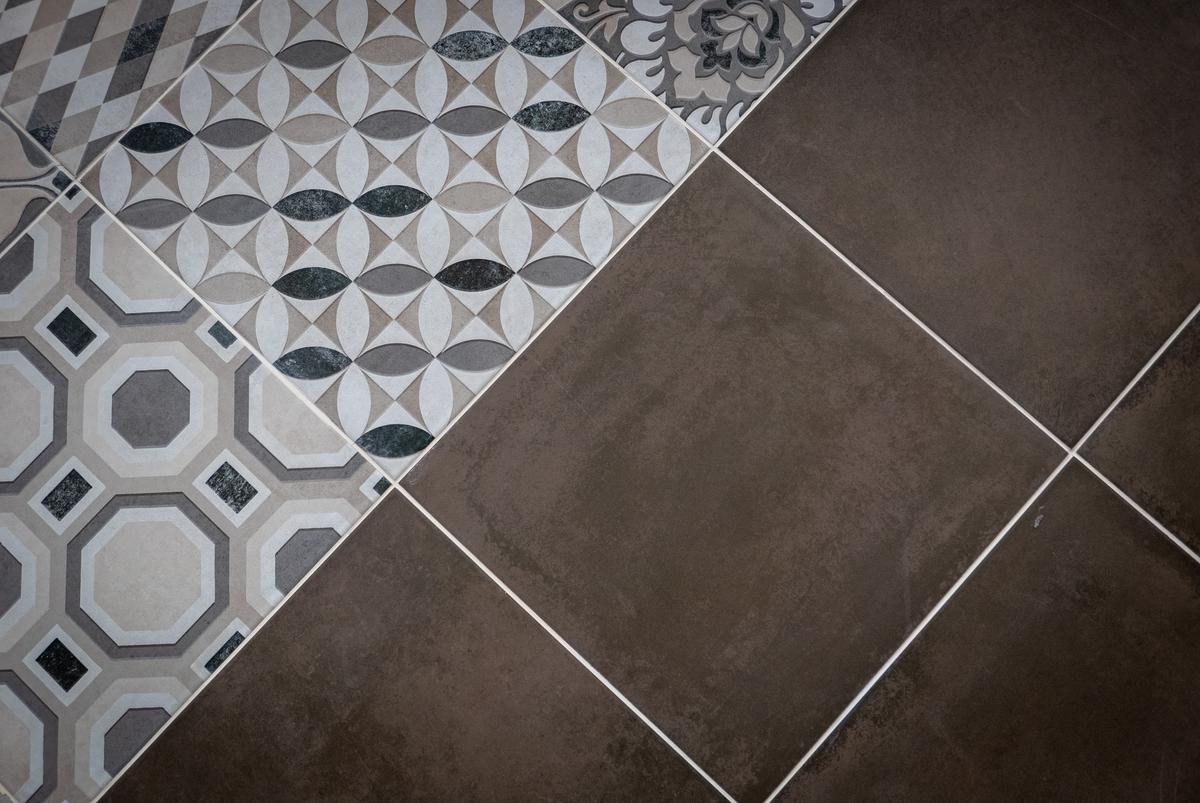
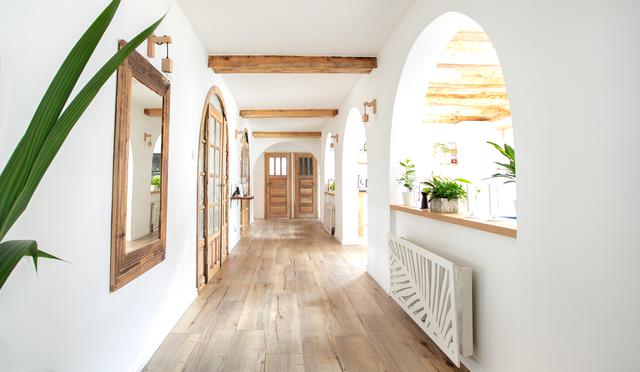
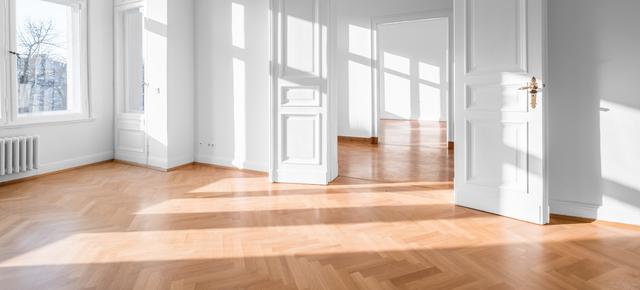

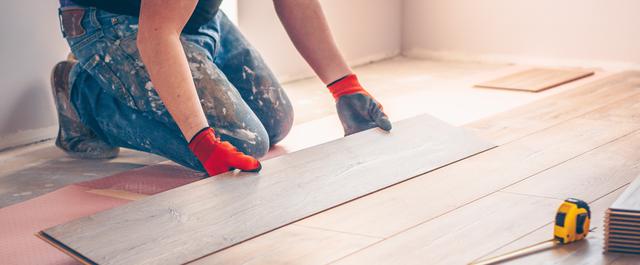
comments